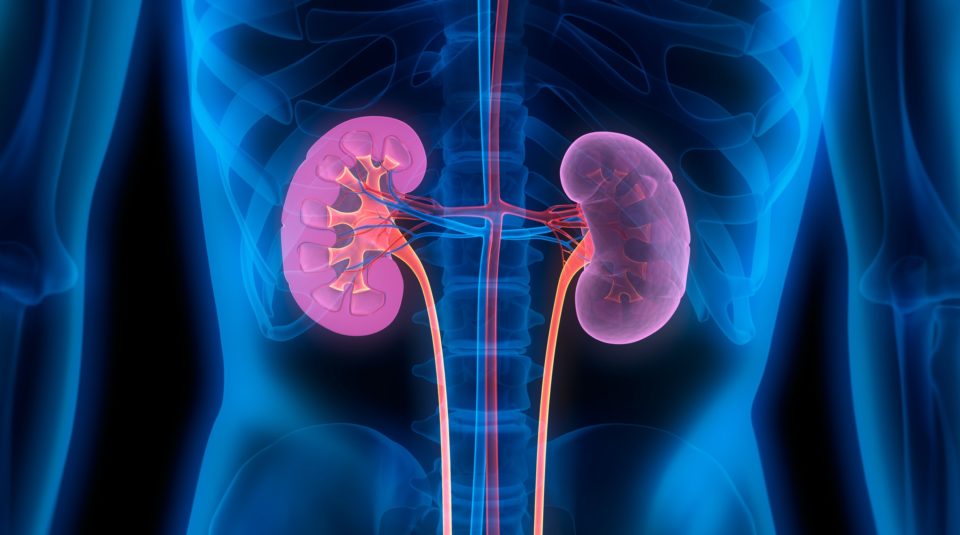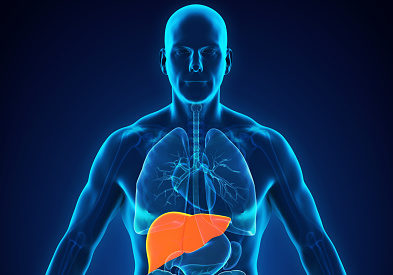
The opioid epidemic in the United States is a national health crisis that had devasted patients and their families. A major contributor to narcotic exposure and harm has been high levels of unnecessary prescribing of opioids in the post-operative setting. In May 2019 the University of Illinois at Chicago shifted its post-operative pain management strategy from opioid minimization to opioid avoidance and instituted a Surgical Opioid Avoidance Protocol (SOAP).
J. Benken and colleagues at the University of Illinois at Chicago conducted an evaluation to assess the impact of SOAP on pain control following renal transplant. Results of the evaluation were reported during a virtual presentation at the American Transplant Congress 2020 in a presentation titled Opioid-Free Pain Control? Surgical Opioid Avoidance Protocol (SOAP) Following Kidney Transplant.
In the pre-SOAP pain management strategy, pain scores of 7 to 10 triggered prescription of morphine 2 mg IV push every 2 hours as needed; the interval was increased daily with the goal of discontinuation by post-operative day 2. The SOAP strategy calls for acetaminophen, followed by lidocaine topical patch and tramadol for moderate pain. Two consecutive pain scores of >7 despite intervention trigger notification of the physician.
The primary end point of the protocol assessment was average pain score. A sample size calculation was performed to determine the number of patients needed in each group, pre-SOAP and post-SOAP, to detect a difference of 1 in the average pain score. Baseline characteristics were collected for each group and the average pain score throughout the renal transplant admission was calculated. Previous minimization strategies at the center significantly shortened length of stay; length of stay was a secondary end point in the current analysis.
Overall, power was met and 103 adult renal transplant recipients were included. Demographics were similar in age, sex, race, and body mass index between the two groups. Compared with the pre-SOAP strategy for pain management, the average pain score was significantly lower in renal transplant recipients utilizing SOAP (2.6 vs 1.7; P=.002). Length of stay was similar between the two groups.
“Opioid avoidance post-operatively with SOAP is feasible and even significantly reduced average pain score within an adult renal transplant population,” the researchers said.
Source: Benken J, Campara M, Vellis E Votta, Tzvetanov I, Benedetti E. Opioid-free pain control? Surgical Opioid Avoidance Protocol (SOAP) Following Kidney Transplant. Abstract of a presentation at the virtual American Transplant Congress 2020 (Abstract 547), May 30, 2020.






 © 2025 Mashup Media, LLC, a Formedics Property. All Rights Reserved.
© 2025 Mashup Media, LLC, a Formedics Property. All Rights Reserved.